Puzzlement
I’ve been re-reading my earlier blog posts and realise there’s an air of puzzlement about them, and wonder why. Looking back, I think perhaps that my unsettled and questioning tone is the right one for a journey which is all about research and finding answers.
Even the question of stewardship – who is the steward, and who or what is the stewarded, is a complex one. Just whose is the responsibility for our local, regional, national or international landscapes and the people who inhabit them? On Eigg it appears quite clear – it’s us, the people who live here, who take much of that on their shoulders to make our lives here work economically, socially and environmentally. But furth of Eigg? What can individuals, be they artists, scientists or whatever, do to take responsibility for their time spent on the lands we call home?
Balancing the economic, the social, the environmental is a complex and multi-layered task. We can criticise consumerism, but the “unnecessary” goods we buy provide someone, somewhere’s wage. Eigg’s electricity may be green and renewable, but the ferry that brings you to see it or takes us to the hospital or to see friends and family gobbles gallons of oil. We all expect life now to be more than being warm, fed and safe.
Scientists can tell us what may or may not be happening. They can come up with suggestions of how to adapt to, or mitigate against, climate change. They can develop new materials, technologies and solutions to the challenges we face now and in the future in our global quest for good stewardship. And artists? Is their part to reflect, explore, explain and make human these far away things that scientists dissect and analyse, test and review? Can artists take these big ideas, these huge issues and reform them into people sized packages we can act on?
So, as another blog post ends full of question marks and few answers, what do I think of my Cape Farewell experience. The journey was beautiful, magical and glorious, but the real journey I feel starts now. The folk I met on the boat have many of the answers to the questions that now I’m back on dry land I only now realise need asking. And if I truly think of myself as a steward of my small part of the planet, then the responsibility is mine to ask.
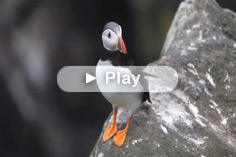

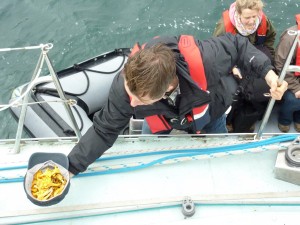

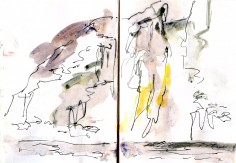
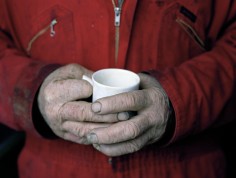
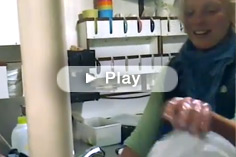
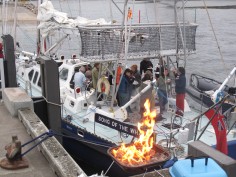

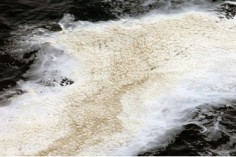
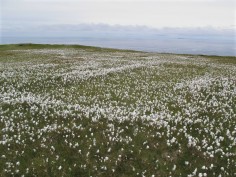

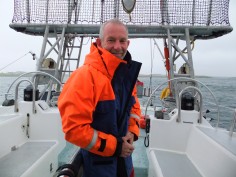








No Comments